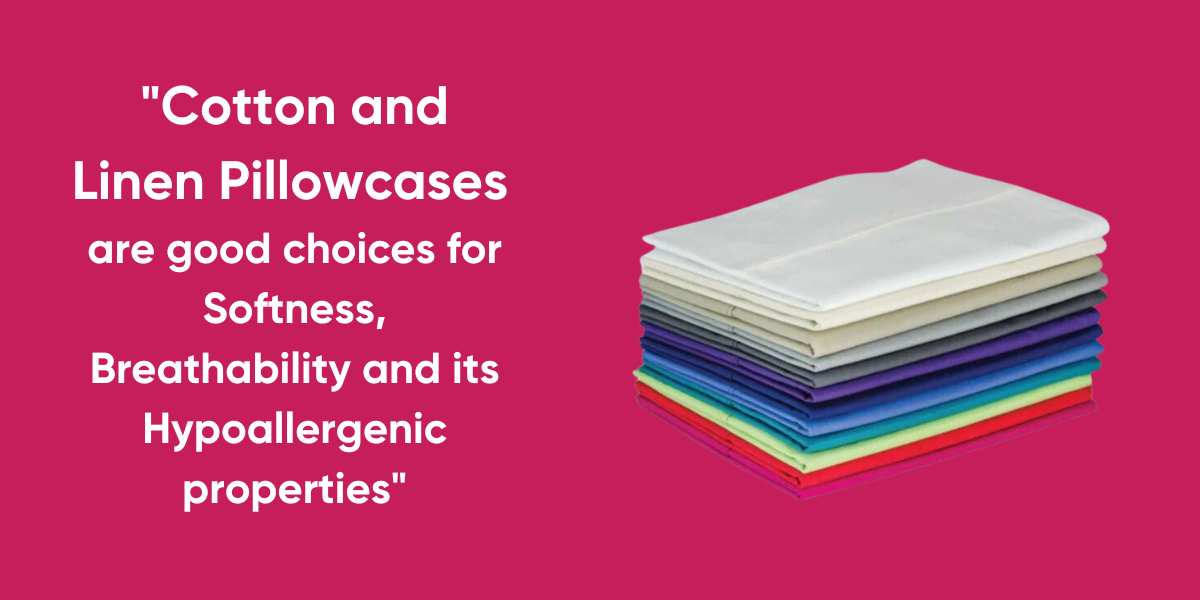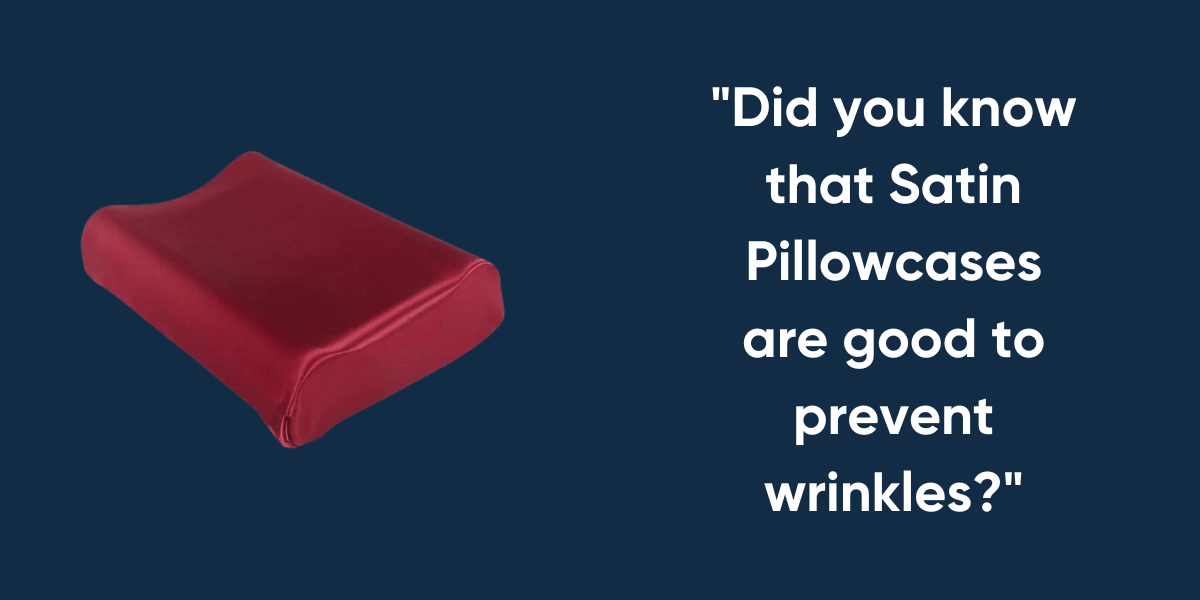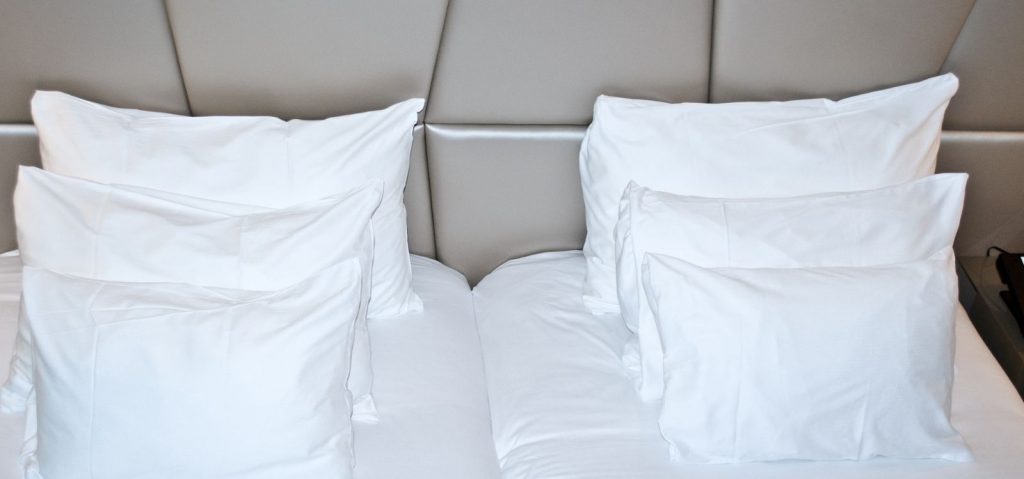Are you wondering what the common pillow slip sizes are? We have answers!
Sleep positioning has a big impact on the quality of sleep that you receive. If you use a maternity cushion, contoured wedge support, or other pillows, you can extend the life of your purchase by using pillow covers and cases.
Pillow sizes and pillowcases might seem like minor details in the grand scheme of your sleep environment, but they play a significant role in the quality of your slumber. A well-chosen pillow size ensures optimal support for your head and neck, aligning your spine for a restful night. Beyond size, the choice of pillowcase materials and their benefits can contribute to a truly rejuvenating sleep experience. In this comprehensive guide, we dive into the world of pillow sizes, the importance of pillowcases, and how these seemingly small factors can have a profound impact on your sleep quality.
The Pillowcase: Your Sleep Guardian:
A pillowcase isn't just a cover – it's your sleep guardian, enveloping the very essence of your sleep comfort. As you lay your head on the pillow, the pillowcase acts as a barrier between you and the pillow's surface. This serves not only to maintain hygiene but also to protect the pillow from dust, allergens, and body oils that accumulate over time. The right pillowcase ensures a clean and inviting sleep haven, contributing to a healthier sleep environment and promoting a more restful slumber.
Common pillow slip sizes
| Pillow size: | Metric Measurements (cm) | Imperial Measurements (inches) |
|---|---|---|
| Standard | 48 x 73 cm | 18.9" x 28.7" |
| European Pillowcase | 65 x 65 cm | 25.6" x 25.6" |

Pillowcase Materials: A Dreamy Selection:
When it comes to pillowcases, materials matter. The choice of fabric can significantly impact your sleep experience. Natural fibres like cotton and linen are popular choices due to their breathability, softness, and hypoallergenic properties. Cotton pillowcases wick away moisture, keeping you cool and comfortable throughout the night. On the other hand, silky options like satin and silk pillowcases reduce friction, minimizing hair tangles and preventing facial creases – making them a favourite among those who prioritize hair and skincare as part of their bedtime routine.

Frequency of Changing Pillowcases: The Hygiene Factor:
Maintaining a consistent schedule for changing pillowcases is essential for maintaining a clean and healthy sleep environment. Over time, pillowcases accumulate sweat, oils, and dead skin cells – factors that can potentially exacerbate allergies and hinder sleep quality. Ideally, pillowcases should be changed every 1 to 2 weeks, or more frequently if you're prone to allergies. This practice ensures that you're resting your head on a fresh, hygienic surface that promotes optimal sleep health.
Here at Therapeutic Pillow Australia, we offer a range of pillowcases and covers that will enhance the comfort of your pillow so that you can enjoy a restful sleep. We have a wide range of pillowcases and covers for most pillows.
Do you want to learn more? Read our Frequently Asked Questions for...
It is recommended to change your bed sheets at least once every two weeks. Bed sheets accumulate dirt, sweat, and dead skin cells over time, which can create an unhygienic sleeping environment. Regularly changing your bed sheets helps maintain cleanliness and freshness, promoting better sleep and overall well-being. However, if you have allergies, sensitive skin, or certain health conditions, it may be beneficial to change your bed sheets more frequently, such as once a week, to minimize potential irritants and allergens.
In addition to regular washing, it is important to handle bed sheets with care. Follow the manufacturer's instructions for washing and drying to maintain their quality and longevity. Consider having a spare set of bed sheets on hand, so you can easily swap them out while the others are being laundered. By keeping your bed sheets clean and fresh, you can create a comfortable and inviting sleeping environment for a restful night's sleep.
 0
0 0
0Folding bed sheets can be a simple task if you follow these steps. First, start by laying the bed sheet flat on a clean surface, ensuring that all corners are aligned. Next, fold the sheet in half lengthwise, bringing one long side to meet the other. Smooth out any wrinkles as you go. Then, fold the sheet in half again, this time bringing the folded edge to meet the open edge. Now, you should have a long rectangle shape. Finally, fold the sheet into thirds or quarters, depending on the size of the sheet, until you achieve a neat and compact bundle. Remember to store your folded bed sheets in a dry and clean place to keep them fresh and ready for use.
In summary, to fold bed sheets, lay the sheet flat, fold it in half lengthwise and then in half again. Finally, fold it into thirds or quarters to create a tidy bundle. Storing your folded bed sheets in a clean and dry place will help maintain their freshness.
 0
0 0
0








